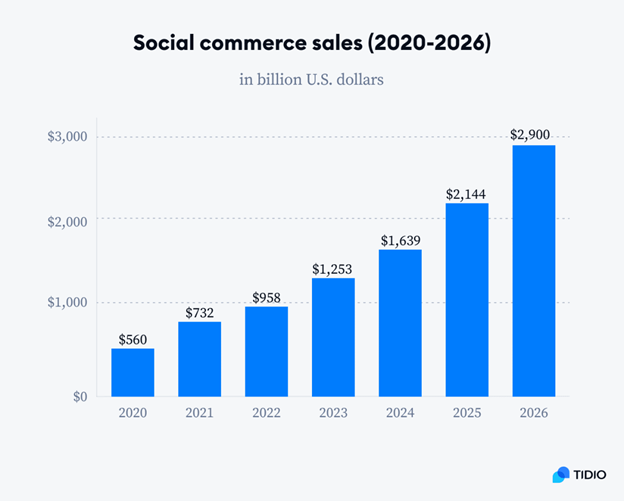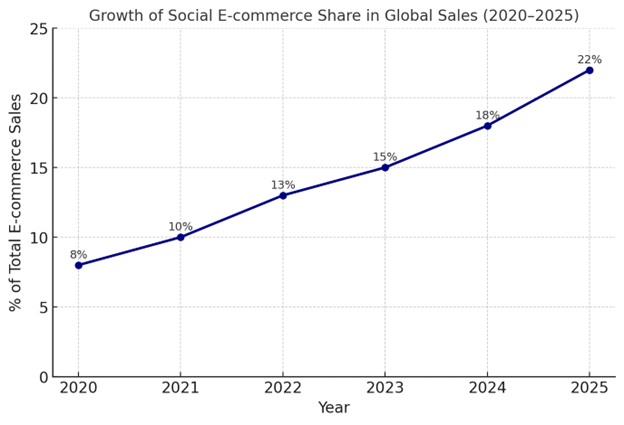1. Evolution of Social Networks: from Communication to Business Ecosystem
At the first stage of development, social networks were regarded exclusively as tools for communication and content distribution. However, by the 2020s, the focus had shifted: according to Statista (2024), more than 50% of users of social platforms make at least one purchase per month through built-in functions.
Today, social networks have become the foundation of business ecosystems: they include marketing, sales, customer support, and data management.
2. Technological Drivers of Transformation
The digital infrastructure of social networks is developing thanks to a number of technologies:
- artificial intelligence algorithms provide precise content selection and personalized recommendations;
- targeted advertising tools allow companies to work with narrow audiences and increase conversion;
- analytical platforms give businesses access to real-time user behavior data.
Thus, the implementation of AI algorithms in advertising campaigns, according to McKinsey (2023), increases ROI by 15–20% compared to traditional methods.
3. Impact on Company Strategy
Social networks have ceased to be an auxiliary channel and are becoming a central element of marketing and business strategy.
● Marketing: companies focus on SMM strategies as the foundation of brand promotion.
● Sales: social e-commerce is turning into a separate channel, comparable to a traditional online store.
● Customer Service: messengers and in-platform chats replace contact centers.
● Major brands use “social showcases” as platforms for launching limited collections and testing new products.
4. Case Studies as Illustrations of Industry Trends
● In China, WeChat combines the functions of a messenger, a bank, and a trading platform, forming its own economic ecosystem.
● In the USA, Instagram Shopping has become a sales driver for small and medium-sized businesses, especially in fashion and accessories.
● European companies are increasingly integrating TikTok advertising, which demonstrates the highest engagement rates among social platforms.
These cases show that this is a global trend: social networks are becoming the infrastructural layer of business.
Statistics and Graph
Fig. 1 — Growth of the Share of Social E-commerce in Global Sales (2020–2025, % of Total E-commerce)
- 2020 – 8%
- 2021 – 10%
- 2022 – 13%
- 2023 – 15%
- 2024 – 18%
- 2025 (forecast) – 22%
Conclusion
Social networks have evolved from communication channels into a full-fledged business infrastructure. Today, they form ecosystems that integrate marketing, sales, and customer service. The integration of artificial intelligence and analytics turns them into a key tool of strategic management. For companies focused on growth and customer retention, social networks are becoming not just a promotion channel but a fundamental part of the business model.
Sources
- Global Social Commerce Sales Share 2020–2025. 2024.
- McKinsey & Company. The State of AI in Marketing.
- Digital Transformation and the Future of Business. 2024.
- The Global Consumer Insights Pulse Survey. 2023.
Find a Home-Based Business to Start-Up >>> Hundreds of Business Listings.


















































